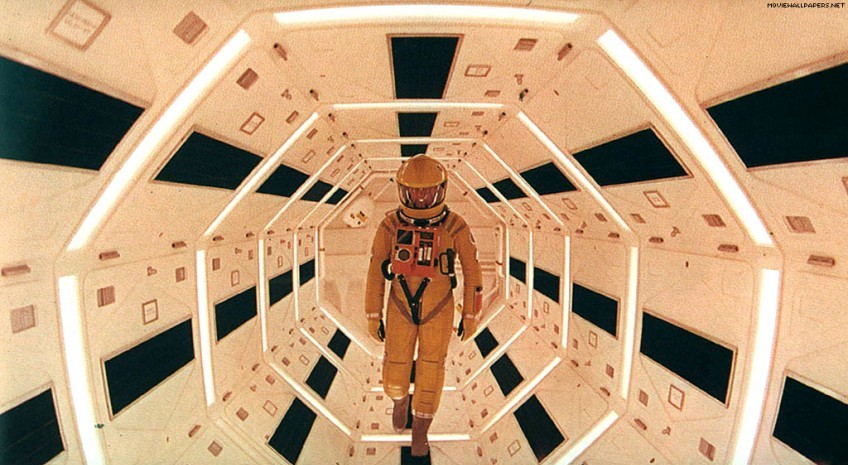
Cinema’s charm springs from its diversity. In their unlimited entirety, the quality cinematic creations move upon a tremendous canvas of colors and shadows, defining a multiform world of intellectual and entertaining moments. This mystical world is meant to agree with every philosophical orientation and satisfy even the most demanding aesthetic senses.
Even though a motion picture commonly doesn’t exhibit a one-dimensional character, engaging comedy with drama and alternating action with indolent poetic observations, the determination of film genres has made our lives easier on one level. If every genre forms a huge imperceptible mountain of notable films, this list just seeks to cover the distances between the mountaintops.
Each one of the following films has aged, revealing through the years a remarkable consistency toward art and life, or has displayed an unrivaled contextual and aesthetical approach on its theme. Whether or not you’re a cinephile, all of the films entailed in this list are definitely must-watch.
1. Comedy: City Lights (1936)
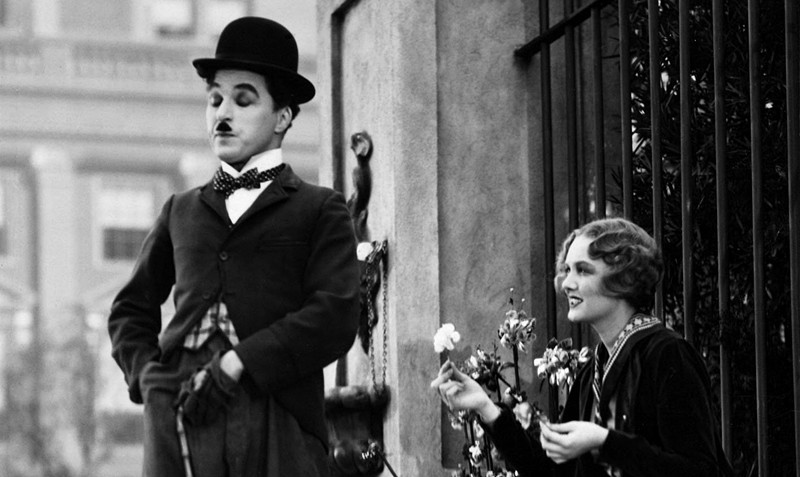
“A day without laughter is a day wasted.” This is one of Charlie Chaplin’s most famous quotes, expressing his optimistic and at once profound perspective on life. The soft-hearted and clumsy Tramp has made a lot of spiritual trips within the mundane life’s hard core. Exploring the daily people and confronting the typical afflictions of his era, Chaplin had a unique talent to convert life’s transparent drama into comedy.
Of course, in Chaplin’s legendary comedy “City Lights,” our little Tramp is once again poor and ragged. The beautiful flower girl whom he loves is poor as well. Her physical blindness doesn’t allow her to see that Charlot is a socially negligible and marginalized man who’s systematically fooled by a rich intemperate. Her insightful heart, yet, allows her to feel tenderness and spontaneous love for this formless human who unselfishly struggles to offer her a better life.
Gradually through the film, not for the first time but to an exceptionally great degree, one falls in love with Charlot’s silent charm, passion for life, and bittersweet humoristic mimicry. Through his unspoiled comic appearance and simplistic depiction of an ordinary society and its standstills, the legendary comedian discusses the simplest but deepest human necessities. Even though it was possible to import sound and dialogue in this film, Chaplin’s original expressive code becomes the indivisible element that sparks a hearty smile as an answer to life’s sorrows.
2. Drama: Bicycle Thieves (1948)
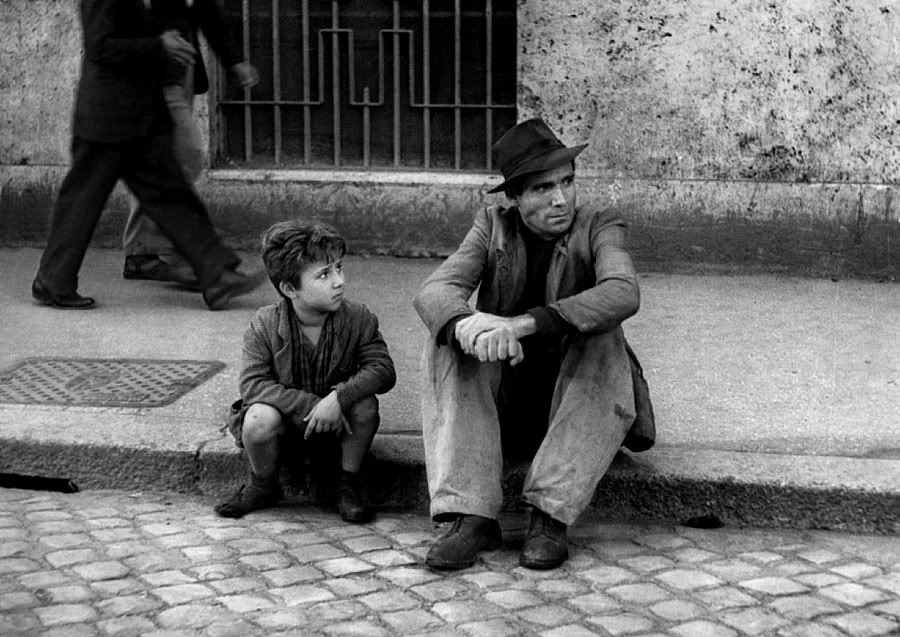
Vittorio De Sica’s “Bicycle Thieves” is widely considered as one of the best films ever made. Watching it again and again through the years, its diachronic context and unchangeably disheartening performances effortlessly prove that this cinematic masterpiece deserves a place among the all-time greatest films. As a pure drama that torturously wigwags between deprivation and dignity, De Sica’s emblematic work easily won the crown of the genre’s king.
In postwar Italy, the collapsed economy has spread a thick fog of poverty and social misery all over the country, mainly striking the overpopulated capital. Ricci, a father of a young boy, is unemployed for quite a long period of time. He strives every single day in order to find a job that could at least offer him the minimum return. Thankfully, Ricci finds a job that requires the ownership of a bicycle. His joy, however, doesn’t last for long, since his bicycle is soon stolen.
Life is not only about chasing after big dreams and honorable conquests. Life, in most cases, is a struggle for survival. Redefining the bedrock of the foundation of happiness, this powerful film exposes one of the most emotionally sweeping scenes in cinema history: Ricci decides to steal a bicycle in order to keep his job. Having detected a possible target, he spends time moving around, seemingly without any purpose. What does he think during this time? This answer to this question, in its ease and difficulty to be articulated, is a real pain in the heart.
3. Romance: Brief Encounter (1945)
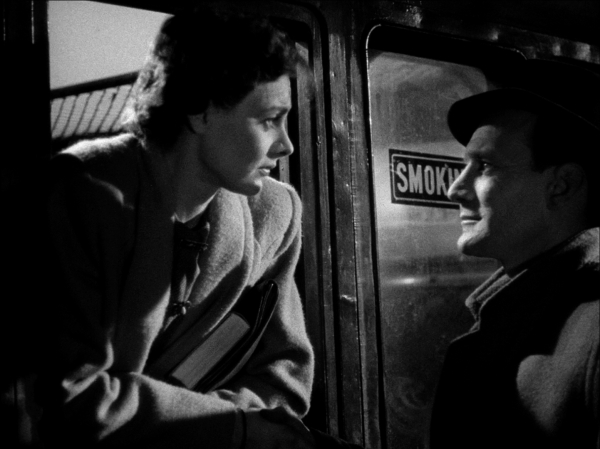
She’s spending some fragile moments at a train station’s refreshment bar, while the trains constantly depart and return. Emma’s wide eyes reflect on a deep emotional sea of misery and her figure seems to be an elusive shadow of a woman. She takes a train, accompanied by an unwanted talkative friend, trying to find a shelter within her mind’s comforting and simultaneously distressing thoughts. Returning home, she cerebrally narrates the story of her recent brief encounter to her husband, who just stands across.
There isn’t any dramatic circumstance evolving in Emma’s life. She enjoys the privileges of the middle-class and the sentimental security of a successful marriage. Her husband is a stoic man and a good father to their little son. There is no excuse; she just met a man and fell in love with him. He’s middle-aged and married as well, but nothing is able to stop their mutual feelings. Experiencing some contradicting moments with her new darling, Emma can’t stand the feint, despite the temporary fever of emotional delight.
This brief encounter in Emma’s life seemed to be a thrilling comeback to youth and its hearty dramatization, wedged somewhere in between the train routes. But trains come and go, while life stands firm and becomes dusty. A train took her sweetheart away forever, saving him from the dust’s gravity.
Romance, deep in its substance, is always a brief encounter; romance is an evanescent emotional climax. On the other hand, a husband’s tender gaze from across the room is just life. In such an honest and plenary way, David Lean’s “Brief Encounter” exposes the truths of a romantic relationship.
4. War: Apocalypse Now (1979)
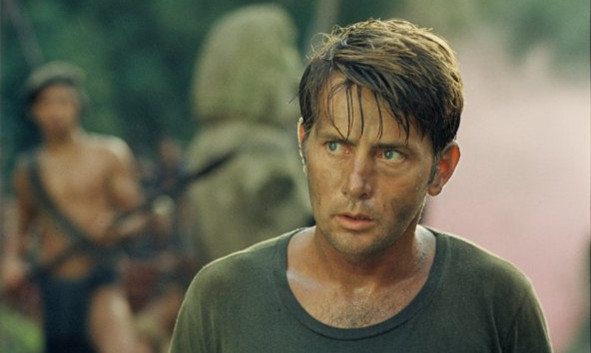
It opens with “The End” by the Doors. Then you see tall trees standing proud and firm. But before your gaze is lost in the endless green canvas of this heathen jungle, a napalm bomb explodes, turning all that’s green into sheer red.
From these first few moments of Francis Ford Coppola’s “Apocalypse Now,” you’re mesmerized. Watching a film about the seediest human condition, the madness that generates it and the madness that is generated as well, one is prepared to experience horror and repulsion. Coppola, however, through this visually haunting work, creates an experience of skepticism and pleasure.
Martin Sheen’s stentorian voice narrates his risky and sentimentally conflicting mission through Vietnam’s bloodstained and berserk war zone. As Captain Willard, he is bound by the heavy duty of terminating Walter Kurtz, an American colonel who has been self-authorized as the absolute monarch of a tribe in Cambodia. Through Willard’s navigation within an inhumane territory of self-defeating hate and compulsive violence, which moves forward through loss and emotional destitution, he meets with the rampant face of unconditional expansiveness.
War’s consequences are unremitting and perhaps eternally traumatic for the victims and their lands. The worst truth behind a war’s burst, still, is the deep-rooted psychological constituent that demands it again and again. “Apocalypse Now” principally focuses on war’s eerie and terrifying psychology, absorbing the viewer in its characters’ and settings’ sibylline majesty.
5. Epic: The Leopard (1963)
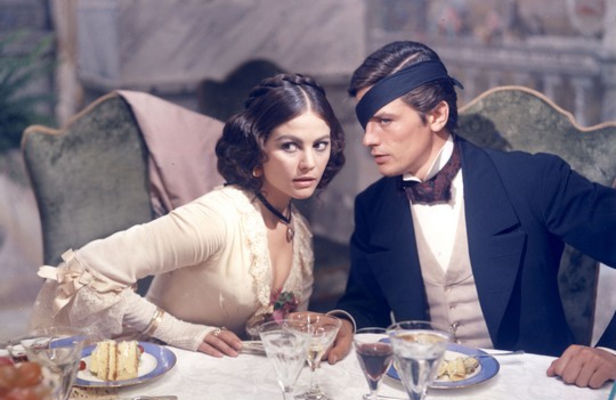
Historic films are bound by a heavy duty: they have to be accurate with regards to the real events, and more significantly, the essentiality of their content concerns a complete and introspective portrayal of an era’s vibe and operative psychology. Luchino Visconti’s extensive and aesthetically magnificent film of 1963, “Il Gattopardo,” fulfills these tasks, exploring a period of important changes.
It’s 1860, and a glorious revolution is meant to unify the broken pieces of Italy, creating a strong, independent, and above all, fair nation. Nevertheless, the ruling class comprises people who have it all, and thus, the overlong settled bourgeoisie is terrified by the idea of social rearrangement. Focusing on Prince Don Fabrizio Salina, an aristocrat whose gentle eyes constantly mirror his deprived, concerned and chaste heart, Visconti displays a unique and respectful approach toward the social disunion.
Emerging as a brave dive within the colorful and complex reality of an academic painting, this film’s unmitigated experience proves that there’s no black and white in life, especially when it comes to a steep change that concerns society and the souls hiding in its dark structures. Prince Salina, as a social figure, is a bourgeois who exhibits a superficial opposition toward the revolution. As an individual, still, he more and more finds out that the times need to be changed so as to stay unspoiled.
6. Psychological Thriller: Blue Velvet (1986)
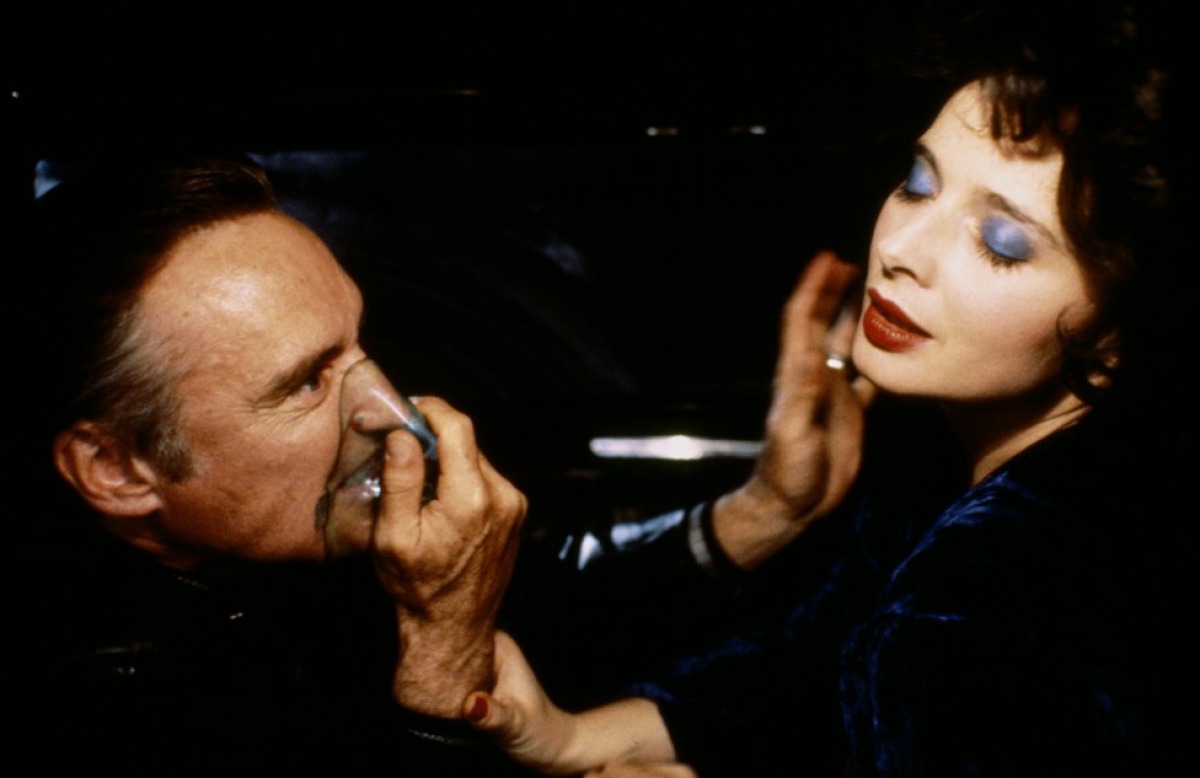
Oftentimes, the art of the bizarre incites abrupt mental backlashes, especially when the infiltration within a piece’s lowest layer of senses and messages stipulates an active and definitive conscious involvement. But art’s major scope concerns multilevel intellectual victories through an overpowering sensational delight. David Lynch’s mystified and intoxicating cinematic labyrinths define an emotionally terrifying experience for beginners. Insiders, however, feel the unbowed art’s gentle touch flowing on the skin.
Devising audiences and critics, the revolutionary film “Blue Velvet” doesn’t waste itself for the sake of recognition. Converting the superficial flaws of its cast into the most significant advantages of its characters, and moreover, by creating various metaphors and allegories of great depth and complex substance, Lynch unfurls a tangle of hidden ideas. Of course, there’s mystery and climactic ambience, but most importantly, the film’s grace springs from its psychological probity and unfeigned emotional thrilling.
Perhaps “Blue Velvet,” exactly in the same way as “Twin Peaks,” is cult already. There are heavy curtains, eerie lightning, an oddly charming singer performing atmospheric songs, and cunning villains always lurking in the dark. But without even trying to prove it, this film’s universe is intelligent and stunning, ruling a surreal and at once real land of contrasted colors and clashing forces of evil and virtue.
7. Horror: Psycho (1960)
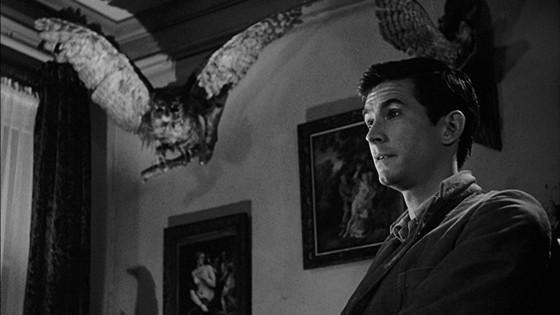
Alfred Hitchcock’s filmography is extensive and rich in masterful syllogism, classic works, and iconic scenes. He’s timelessly one of the most discussed and famous film directors for the wide audience. But if there’s one Hitchcock film that established him as the master of suspense and mental horror, it is definitely his steely and unforeseen “Psycho” of 1960.
Nowadays, horror movies are quite widespread and even more profitable. There’s no horrific and grisly spectacle that hasn’t been made up and projected, contextually and visually speaking. But what could ever be more terrifying than the bathroom scene, and more meaningfully shocking than Anthony Perkins’s crazed eyes? Evolving within a chilling psychological crypt of madness that abstains from revealing itself and just crawls underneath the story’s surface, “Psycho” is one of the boldest and most intelligent films ever made about psychological degeneration.
Watching the film’s ending, if one realizes Hitchcock’s manipulating techniques, artistic originality and creative genius, they will experience deep disturbance and awe at the same time. Undeniably, this classic piece of the seventh art will never be olden, obsolete, or intellectually indifferent to any viewer, no matter how many years go by.